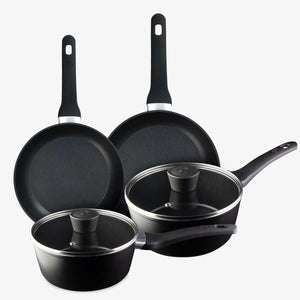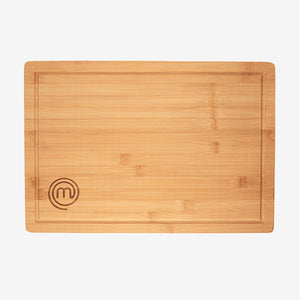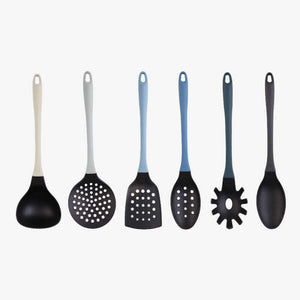Step 1
For the Baklava Syrup, put all of the syrup ingredients in a saucepan and bring to a soft boil until the sugar has melted. Boil for 1 more minute and take off the heat. Be careful not to burn as this will leave the syrup with a bitter flavour. Leave to cool.
Step 2
The fig leaf syrup can be prebought, for those looking to try their hand: Put the sugar and water into a small saucepan and bring to a soft boil until the sugar has melted. Add the dry fig leaves, boil for an additional 2 minutes, turn off the heat, and leave the leaves to steep for 15 minutes. Strain the syrup over a sieve and add a drop or two of food-grade green color to achieve the “leafy” effect (optional). Transfer to a small bowl or a squeezy bottle and keep till needed.
Step 3
For the Baklava, add the chopped figs, red wine, cinnamon stick, and orange peel to a saucepan and bring to a soft boil. Continue to cook down until all the liquid has been absorbed (approx. 10 minutes). Leave to cool before discarding the orange peel and cinnamon stick. Add the chopped rosemary and stir.
Step 4
Line a baking tray with a piece of kitchen parchment or silicone mat. Roast the blanched hazelnuts in a preheated oven at 180 C Fan for 6 minutes. Leave to cool and chop roughly using a small blender or food processor until coarse but not completely ground – you are making a crumb here and not flour or butter.
Step 5
Preheat the oven to 160 C, and brush a 20x20cm traybake tin with melted butter. Lay one sheet of filo into the tin. Use a brush to drizzle some butter over the filo and scatter a few hazelnuts. Top with another leaf of filo, drizzle with butter, and scatter some hazelnuts. Repeat with the 3rd filo leaf. Spoon the cooled dried figs onto the 3rd filo and top with the fourth. Repeat with the butter and the hazelnut until all the filo sheets in the packet have been used. Fold in any overhanging pieces of filo and drizzle with butter every time. Finish by sprinkling with some cold water for the filo not to lift as it bakes.
Step 6
Use a sharp knife to the baklava into intersecting triangular formations (see video) and bake in the bottom shelf of the oven for 60 minutes. Check that the filo has cooked all the way through with a knife and bake for another 10 minutes if necessary. You may need to cover the baklava with some silver foil at this stage so as not to burn the top.
Step 7
As soon as the baklava comes out of the oven, whilst piping hot spoon the cold baklava syrup over it and leave to absorb. It is crucial that the baklava is piping hot at this stage to ensure optimal absorption and subsequent stickiness.
Step 8
For garnishing, preheat the oven to 180 C. fan. Cut each fresh fig in two. Drizzle each half with a tbsp of orange juice and blossom honey. Bake the figs for 10 minutes. Baste the figs with any residual liquid that is sitting atop the baklava in the tin and sprinkle with the orange zest. Bake for a further 5 minutes and leave to cool.
Step 9
If you are serving with mascarpone cream, mix equal amount of double cream and mascarpone cream and use a hand mixer to whisk until thickened and forming peaks.
Step 10
Serve a single triangular piece of baklava with a half-fig add a quenelle of the mascarpone cream which you drizzle with some fig leaf syrup and pieces of candied fig if you have them available.*
*For a guide to achieving the perfect quenelle, see our gourmet plating article from the ‘Plate Like a MasterChef Champion’.






